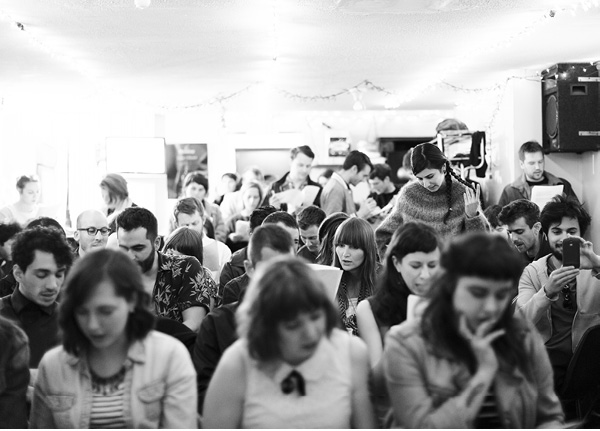
DIAMOND-SUTRA STYLE
first performed on March 9, 2013
TT the Bear’s Place, Cambridge, MA
performed ten times in 2013
FARNOOSH FATHI
Brooklyn, NY
204527654f204527654a204527654r204527654n204527654o204527654o204527654s204527654h204527654.204527654f204527654a204527654t204527654h204527654i204527654@204527654g204527654m204527654a204527654i204527654l204527654.204527654c204527654o204527654m
DIAMOND-SUTRA STYLE
FARNOOSH FATHI
My purpose in adapting a Zen liturgical form for a poetry reading was to find a performance style that served my own poems better than convention suggested; a style that amplifies principles—oracular, multivalent, constellational—already at work in the poem itself
I begin with this introduction: the Diamond Sutra is a core Buddhist scripture, central because of the story of the sixth patriarch Hui Neng’s experience of this text as a child. Illiterate and raised by a single mother in poverty, Hui Neng goes to the marketplace to sell a bundle of wood and, by chance, overhears four lines of the Diamond Sutra, which in essence form an injunction to be of “a mind that abides nowhere.” Hearing this, Hui Neng is stopped in place and suddenly enters enlightenment and spends the rest of his life teaching of sudden enlightenment. It’s said that the sun set and rose and little Hui Neng still stood there with the bundle of wood in his arms.
The way the Diamond Sutra is chanted differs from the standard approach—everyone is invited to read loudly to themselves and, rather than read from beginning to end, one is invited to jump from random points in the text, to and fro. This instantly creates a great cacophony of voices, which I interpret as a recreation of the din of young Hui Neng’s marketplace and his openness.
Of the many special things that happen when this takes place at a poetry reading, I especially appreciate watching the instant emotional surge when the change begins and observing how the chaos supports individuals to both assert their senses and also to surrender to the chaos this form creates. Interruptions to univocal, linear reading are more likely to feel like connections, echoes and foreshadows.
There is the comfort of a party where everyone gets to speak and listen without a spotlight or even a hierarchy of sense or sound.
This performance is important because it suggests an approach to reading and understanding that is more inclusive of everything that is happening all the time in our consciousness—within and without. It releases us from the mental and physical mechanics of a specific form of attention because it puts the text in the reader’s hands and invites connection among the audience without forcing interaction between readers. It infiltrates the illusion of quiet that exists in silent reading or in silent listening maintained by reading conventions, social dynamics and educational structures. Rather than cultivating particular conditions for such understanding, it encourages the openness of not-knowing, a childlike innocence which is radical and receptive to chaos.